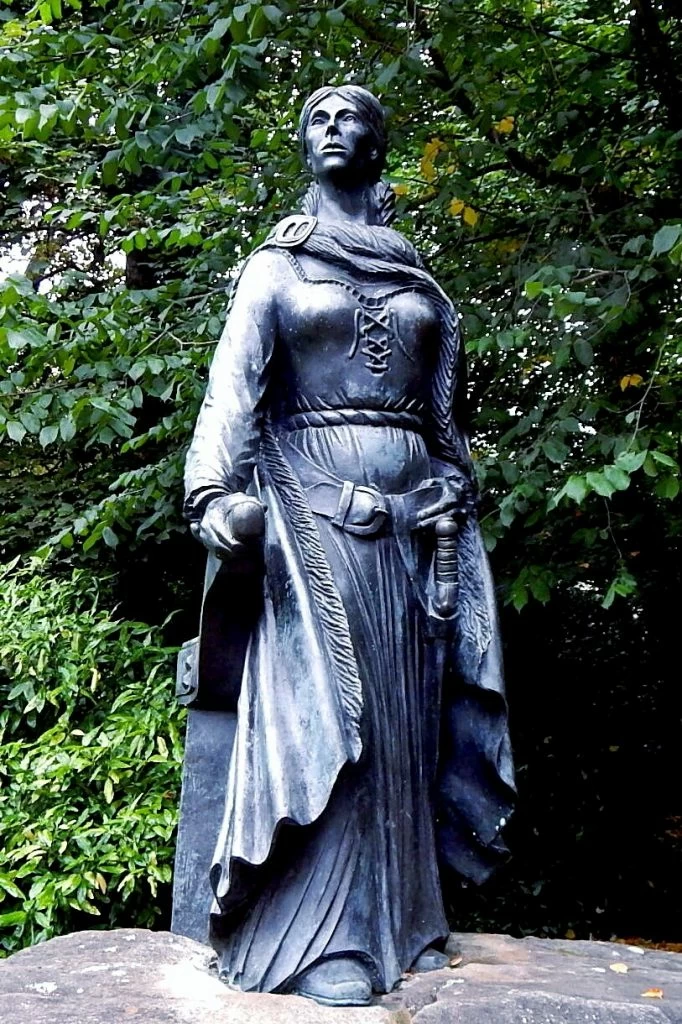Grace O’Malley was a 16th-century Irish noblewoman and pirate queen. The daughter of a powerful Irish chieftain, she inherited both her mother’s lands and her father’s fleet even though she had a brother, Dónal—an extremely unusual accomplishment for a woman in this time.

After her first husband’s death, Grace returned to her birthplace of Clare Island and built a formidable pirating fleet. As King Henry VIII and his successor Elizabeth I moved to conquer and oppress Ireland, Grace emerged as one of the leaders of the Irish rebellion.
You May Also Like: Kinbane Castle and the MacDonnell Clan of Antrim, Northern Ireland
In 1593, she personally negotiated with Queen Elizabeth, a meeting between two female leaders that was almost without precedent. Today, she’s both a hero of Irish independence as well as a feminist icon.
Ireland Under The Tudors
Grace O’Malley, or Gráinne Ní Mháille in Irish, was born in a time of conflict in Ireland. Previously, while England nominally ruled, Ireland wasn’t an official English territory but a lordship. The King of England was the Lord of Ireland and was represented by a governor. But the English only controlled a region around Dublin called “The Pale.” Beyond that, Gaelic-speaking Irish lords were effectively independent.
That changed during the reign of Henry VIII. In 1535, Thomas Fitzgerald, 10th Earl of Kildare, a.k.a. “Silken Thomas” for his opulent wardrobe, led a rebellion and seized control of Dublin. The English responded with an invasion and took the opportunity not just to retake Dublin but also to attempt to conquer the rest of the country. For the first time, an English ruler declared himself King of Ireland.
You May Also Like: Hy-Brasil: The Other Atlantis of Irish Legend
Grace was born a few years before Silken Thomas’s rebellion. Her father, Eoghan Dubhdara Ó Máille, was the chief of the powerful O’Malley clan, which ruled the barony of Murrisk in County Mayo, on the west coast of Ireland. The O’Malley clan were seafaring people who taxed all fishing in their territory. But the Tudor conquest of England was a threat to the O’Malleys’ power, years before Grace came of age.
Early Life
Grace was born around 1530, on Clare Island. Like many people who lived during this time, little definitive is known about Grace’s life. Most of what is known was written later by her enemies.
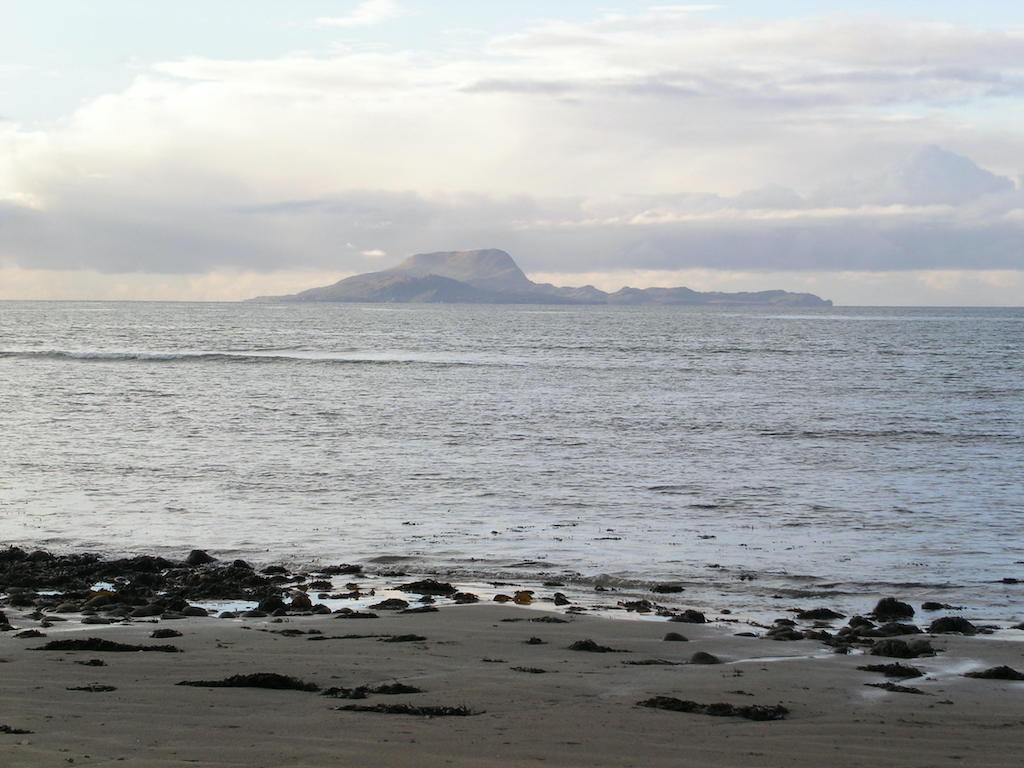
According to one popular legend, when Grace was a girl, she wanted to accompany her father on a trading expedition to Spain, but he refused, claiming her long hair would get tangled in the ropes. So Grace chopped off most of her hair and snuck onboard, and her father reluctantly allowed her to come along.
It’s unknown when her father died, but she inherited his title and the family land over her half-brother. Around 1546, she married Dónal-an-Chogaidh O’Flaherty, heir to the powerful O’Flaherty family. They had three children, sons Owen and Murrough, and daughter Maeve.
According to some legends, Grace proved to be such a good leader that she effectively controlled her husband’s affairs.
Dónal was killed in an ambush while hunting in 1565. As his widow, Grace was entitled to inherit one-third of his wealth. However, the O’Flahertys argued they couldn’t afford to pay it, so she received nothing. Decades later, Grace would tell Queen Elizabeth that Irish widows seldom received their due inheritance in this time. Dónal’s estate passed to the O’Flahertys, and Grace returned to Clare Island.
The Pirate Queen of Connacht
Starting with a fleet of ships that she inherited from her father, believed to number between five and twenty, Grace O’Malley built up her power. With these oars and sail-driven craft, the O’Malleys controlled the coasts around western Ireland. They raided villages and extracted tolls from shipping vessels. She’s known to have led raids from Donegal to Waterford, and became known as “The Pirate Queen of Connacht.”
According to legend, Grace fell in love with a shipwrecked sailor who was later murdered. In revenge, she led an attack on Doona Castle and murdered his killers. This act earned her the nickname “The Dark Lady of Doona.”
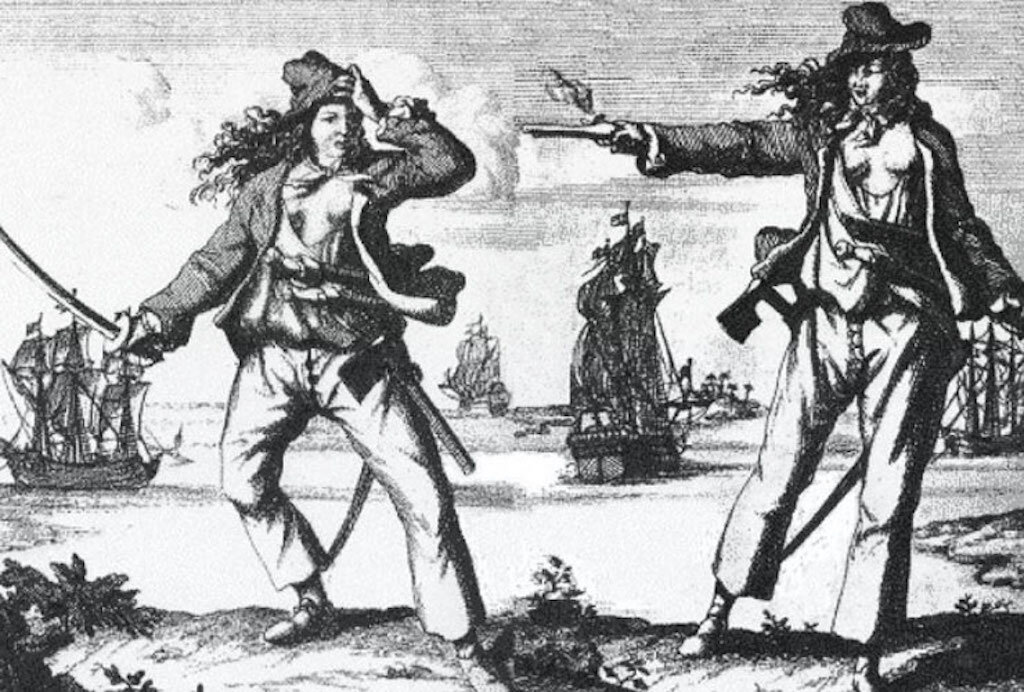
In 1567, she married another powerful Irish noble, “Iron Richard” Burke, known for his ironworks in Burrishoole. Some sources suggest their marriage lasted only a year. Grace supposedly divorced him by shouting out a window, “Richard, I dismiss you!” They remained allies, and Grace retained his castle.
You May Also Like: Oak Island: Legends of Pirates and Treasures
Grace and Richard had one son, Tibbot. According to another legend, she gave birth onboard a ship. The next day, Algerian corsairs attacked them. As her men struggled in the battle, she emerged and personally led them to victory while also cursing their ineffectiveness.
Grace O’Malley Vs. The English
While Grace gained power, the English continued to tighten their control of Ireland. In 1584, Sir Richard Bingham became appointed the governor of Connacht. A career soldier, Bingham believed that the Irish were never tamed with words, but with swords. Stopping Grace was his top priority, whom he described as “the nurse to all rebellions in this province in this 40 years.”
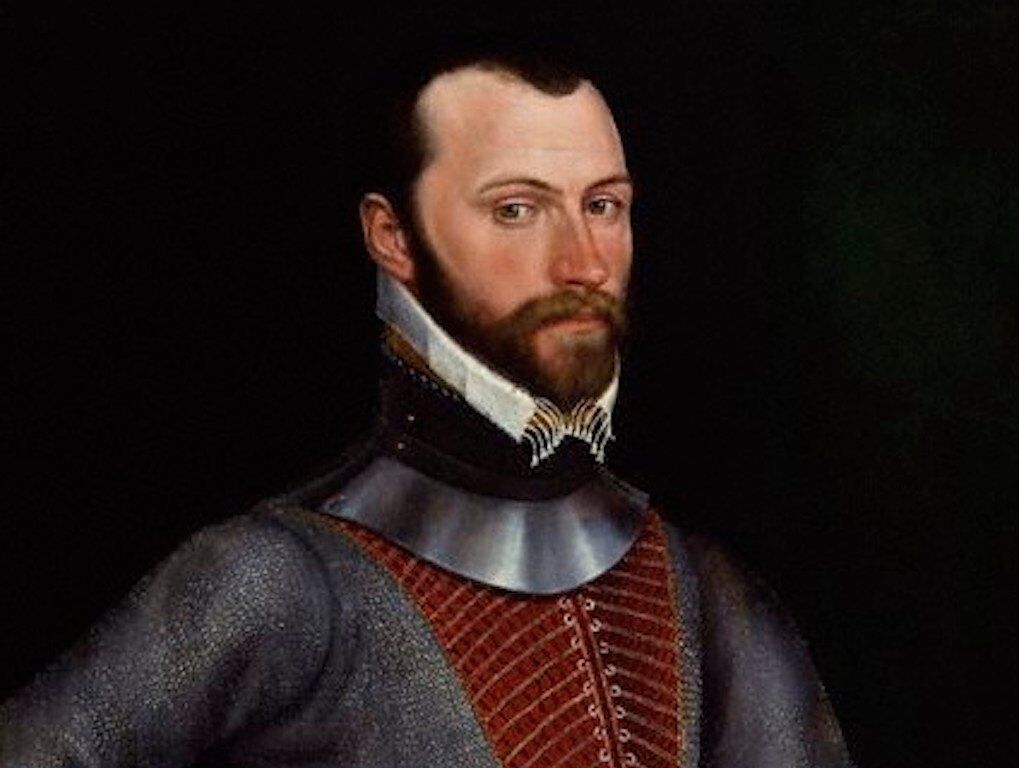
Bingham’s brother John captured and executed Grace’s son Owen. Later, Grace claimed that Owen offered John hospitality and that John responded by having him killed. (Bingham claimed Owen died trying to escape.) In 1593, Bingham captured Grace’s sons Tibbot and Murrough and her half-brother Dónal. She sailed to London to negotiate personally with Queen Elizabeth I.
Meeting Queen Elizabeth
The refined Queen of England and the rough-hewn pirate queen couldn’t have been more different. Sources say that at one point, Grace sneezed and was offered a lace handkerchief. She blew her nose into it and threw it into the fire, shocking her hosts.
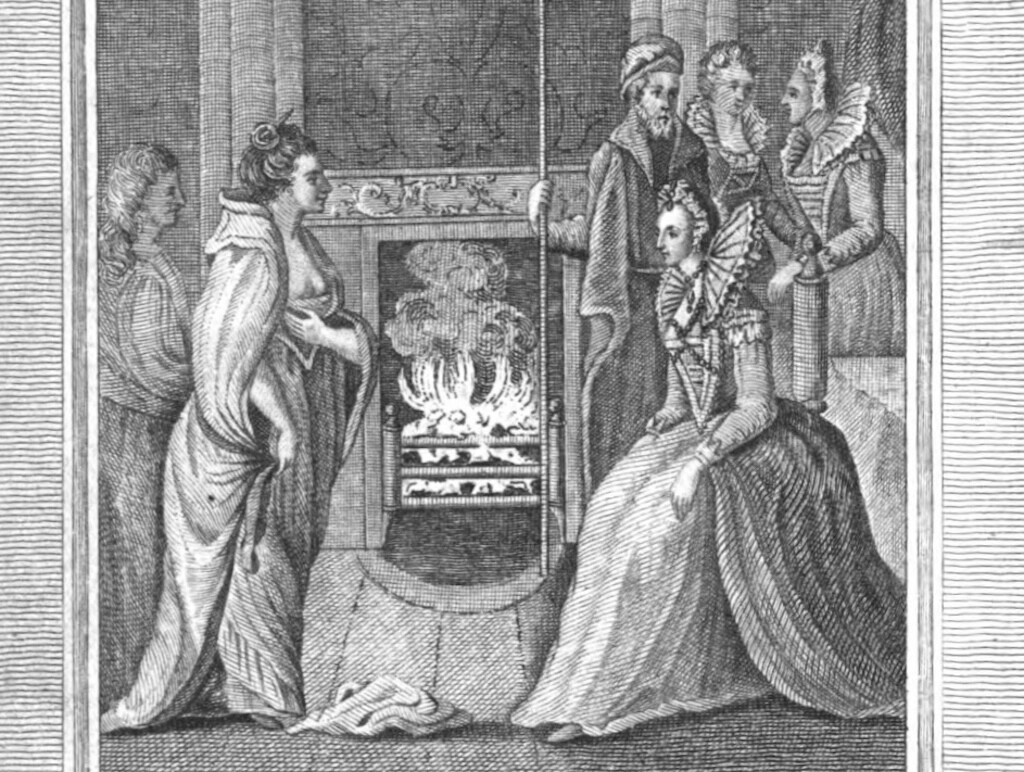
But Grace saw herself and Elizabeth as equals. She refused to kneel to the queen, and when Elizabeth offered her an English title, she declined. As a fellow queen, why shouldn’t she be the one to offer Elizabeth a title?
In the end, Grace agreed to stop supporting the Irish lords’ rebellions against England, while Elizabeth agreed to return Grace’s family and remove Bingham from power.
Related: Reasons Why Some Think Queen Elizabeth I Was A Man
Her last appearance in the historical record came in 1601. Historians believe she died in 1603 at Rockfleet Castle. In her lifetime, she overcame the sexist norms of her day to become one of the most powerful and respected leaders in Ireland. She lost her fleets and wealth several times throughout her life but always rebuilt.
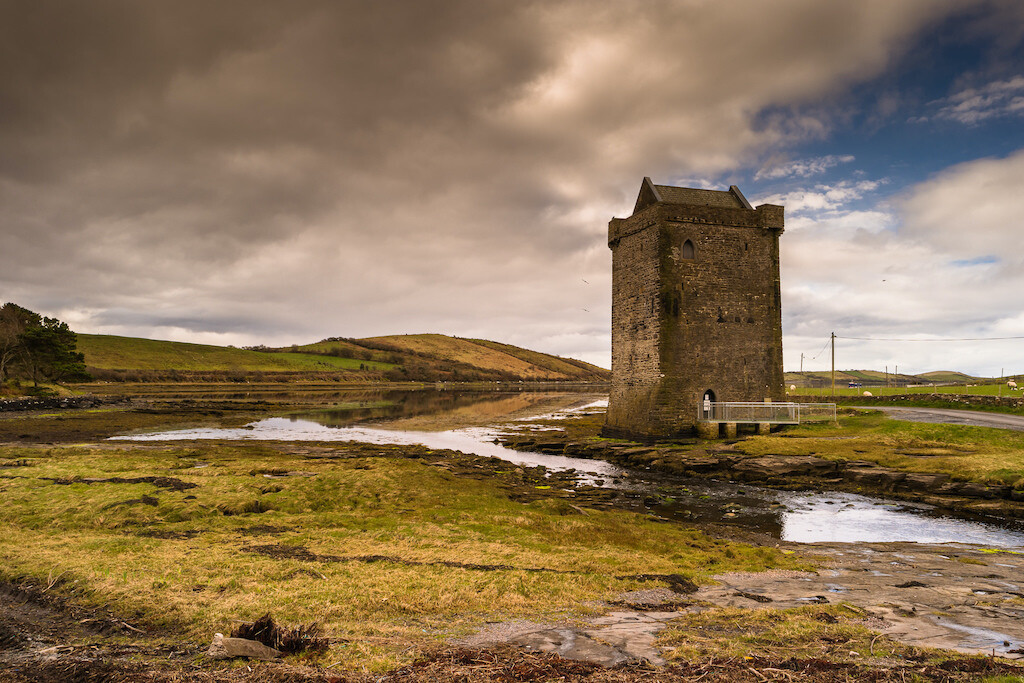
Twenty years after her death, the Irish still celebrated her military leadership abilities. Above all, Grace O’Malley defended her status and independence from the far more powerful English. Few Irish leaders, male or female, could say the same.
